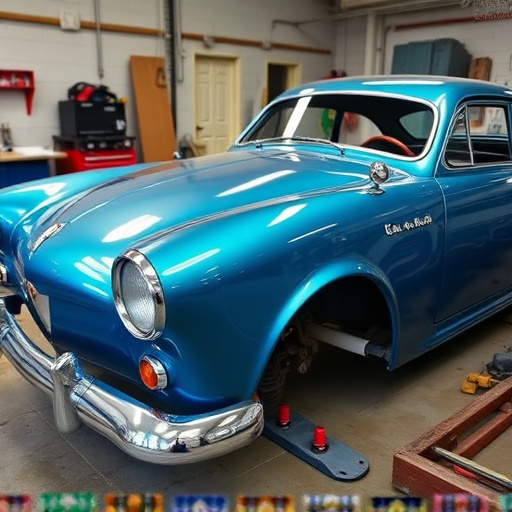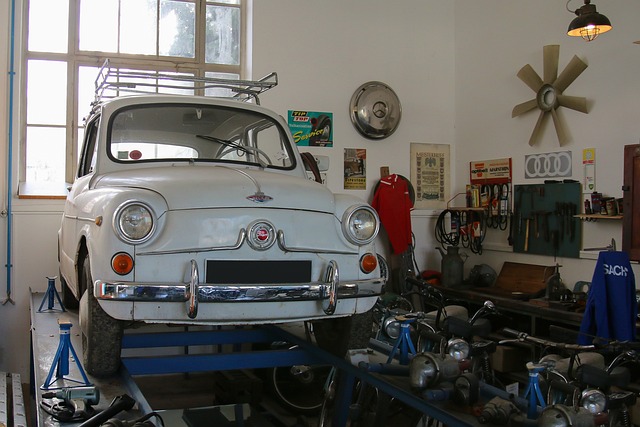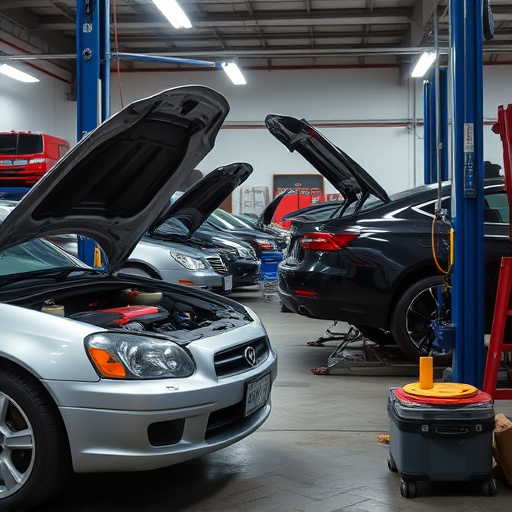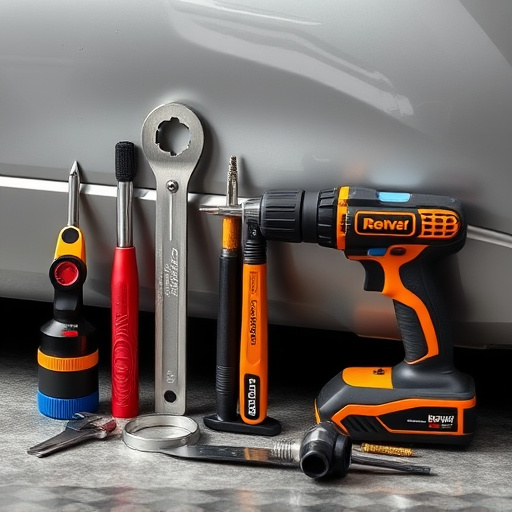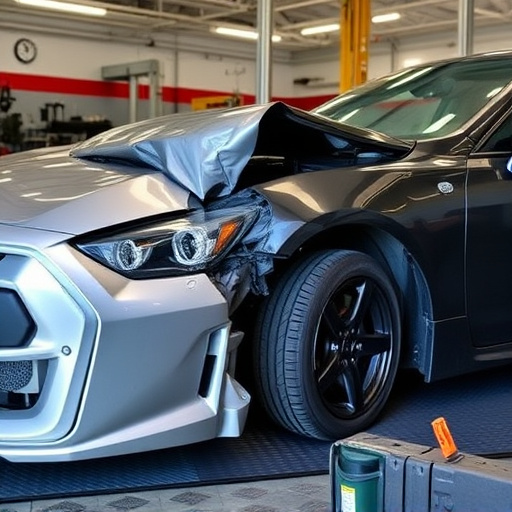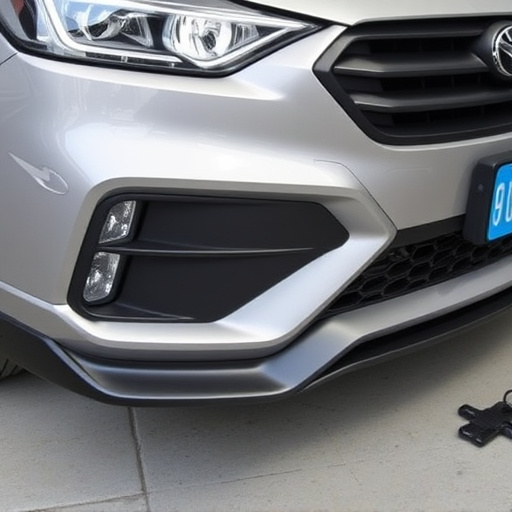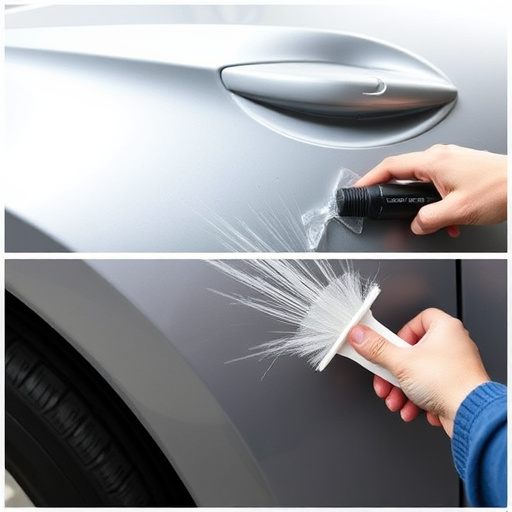Tesla carbon fiber repair requires meticulous care to prevent and address damage from road hazards. Regular maintenance checks are crucial for early identification of issues like scratches or delaminations. Specialized services use advanced techniques like resin infusion and structural bonding to restore aesthetic and structural integrity, preserving the vehicle's performance, value, and distinctive design. Best practices include thorough inspection, high-quality resins, precise cleaning, and primer application for seamless finishes, vital for maintaining Mercedes Benz carbon fiber restoration standards.
Tesla vehicles are renowned for their cutting-edge design, featuring extensive use of carbon fiber composites. However, these advanced materials are not immune to damage. This article delves into the world of Tesla carbon fiber repair, specifically exploring resin infusion techniques. We’ll guide you through understanding common damage types, a detailed step-by-step repair process, and best practices to ensure long-lasting, aesthetically pleasing results for your Tesla’s composite components.
- Understanding Tesla Carbon Fiber Damage and Its Causes
- Resin Infusion: A Step-by-Step Guide to Repair
- Best Practices for Longevity and Aesthetic Restoration
Understanding Tesla Carbon Fiber Damage and Its Causes
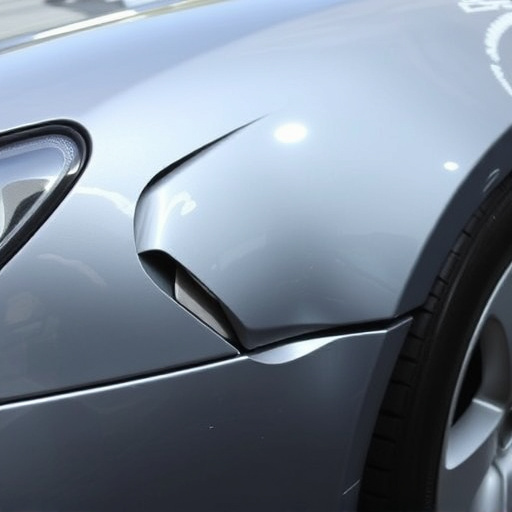
Tesla vehicles are renowned for their innovative use of carbon fiber composite materials, which offer superior strength and lightweight benefits. However, understanding Tesla carbon fiber damage and its causes is essential for effective repair and maintenance. Carbon fiber damage can result from various factors, including road debris impact, curbing, or even minor accidents. Scratches, cracks, and delaminations are common issues that require prompt attention to prevent further deterioration.
Regular auto maintenance plays a crucial role in identifying early signs of carbon fiber damage. Car repair services specializing in Tesla vehicles employ advanced techniques for carbon fiber repair, such as resin infusion and structural bonding. These methods ensure precise restoration, enhancing the vehicle’s aesthetics and structural integrity. By addressing carbon fiber damage promptly, Tesla owners can maintain their cars’ performance, value, and distinctive design elements.
Resin Infusion: A Step-by-Step Guide to Repair

Resin Infusion for Tesla Carbon Fiber Repair is a precise process that involves several steps to ensure optimal results. First, prepare the damaged area by thoroughly cleaning and degreasing it to remove any contaminants that could hinder the bonding of resin with carbon fiber. This meticulous step is crucial as even microscopic particles can weaken the repair.
Next, apply a primer designed specifically for carbon fiber to create a rough surface for better adhesion. After allowing the primer to dry completely, cut a mold or template to fit the dented area, ensuring an accurate match in shape and size. Pour the resin carefully into the prepared cavity, taking care not to exceed the recommended mixture ratio. Then, gently infuse the carbon fiber reinforcement sheets onto the wet resin, creating a strong composite material that will mend the damage. The final step involves curing the repair under controlled conditions, typically at room temperature or slightly higher, until the resin hardens completely, leaving behind a seamless Tesla carbon fiber repair.
Best Practices for Longevity and Aesthetic Restoration
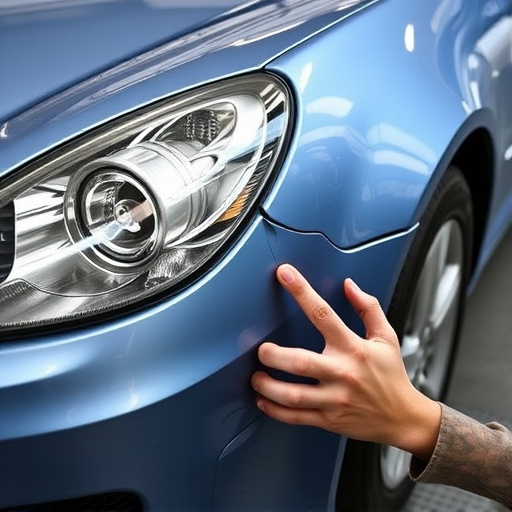
To achieve both longevity and aesthetic restoration for Tesla carbon fiber components, several best practices should be followed. The initial step involves thorough inspection to identify any defects or damage, whether from hail damage repair or routine wear and tear. Using high-quality resins and infusing them correctly ensures a strong, durable bond with the carbon fiber substrate, crucial for structural integrity and aesthetic appeal.
Proper preparation of the repair area is paramount. This includes cleaning the surface thoroughly to remove any contaminants, ensuring an even application of primer before resin infusion. For fleet repair services or Mercedes Benz repairs involving carbon fiber, maintaining precision and consistency in techniques guarantees a seamless finish that matches the original vehicle’s specifications.
Tesla carbon fiber repair techniques, such as resin infusion, offer an effective solution for restoring damaged vehicle components. By understanding the causes of carbon fiber damage and following best practices, owners can ensure long-lasting repairs that maintain both structural integrity and aesthetic appeal. These advanced methods not only enhance the car’s performance but also extend its lifespan, making them a valuable asset for Tesla enthusiasts seeking top-notch restoration work.

